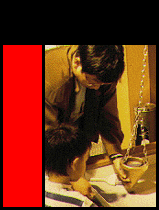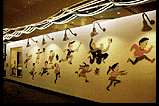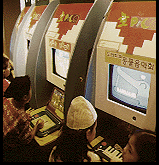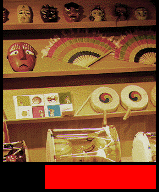Samsung Children's Museum
The first Korean children's museum opened in May 1995 on the south coast of Hangang where the Seoul Olympics were held. The average number of visitors to this museum is 1000 on weekdays 2000 on holidays. This museum was founded by the foundation of a world famous Korean company "Samsung". The service of daycare is very useful and is used by 700 children from elementary schools every day. The entire space occupied by the museum is 3100 square metre, of which 1240 square metre is used as exhibition space, of course this is not a large area, but proves quite functional. This hard and soft style is typical of a completely American museum. From the 2nd to the fourth floor there is exhibition space which includes exhibits which can be physically interacted with. Physical interaction and play (for example using computer technology and multimedia) are devices used by these exhibits to illustrate various scientific principles. There are ways which will allow Korean traditional culture in many places to be felt. Feel the expectations of children who are the next generation and the future. Korean children are always in the middle of a competitive battle for high grades in their school examinations. The main purpose of having a children's museum in the USA is to understand other cultures and to provide a safe, secure environment for children to play in, however in Asian countries like Japan and Korea, the museum functions to give space to supply things that schools and society in general find difficult to provide. We can imagine the museum content will be different in each country, the basic attitude of these museums is to provide something that the society of each country is short of.
Samsung children's Museum 7-26, Shinoh'on-dong, Songpa-gu, Seoul Tel02-203-1871 Open: 10:00-18:00 Winter time: 9:30-17:30 Closed:Monday Entrance Fee:Children 4000W Adult 2000W




FUN FUN MUSEUM
We are
very pleased to see museums we can discover new things.It doesn't matter if
it is inside or outside of your country. We focus on and show museums abroad
which you don't get too much chance to visit, and also new or unique ones
in Japan.
translated by Mayuko Mori